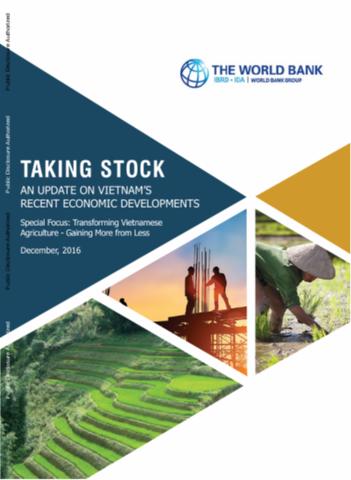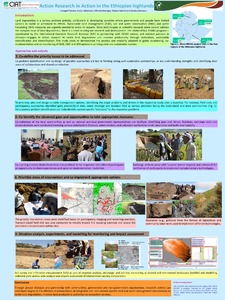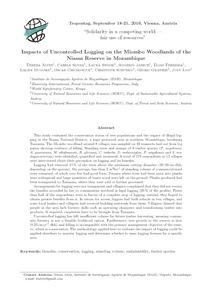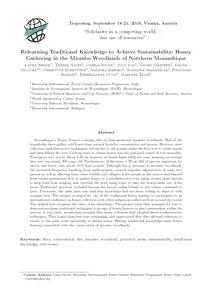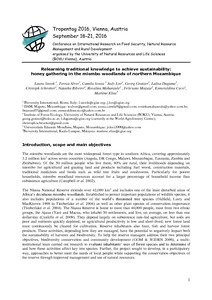Effects of land use and land cover on selected soil quality indicators in the headwater area of the Blue Nile basin of Ethiopia
Understanding changes in soil quality resulting from land use and land management changes is important to design sustainable land management plans or interventions. This study evaluated the influence of land use and land cover (LULC) on key soil quality indicators (SQIs) within a small watershed (Jedeb) in the Blue Nile Basin of Ethiopia. Factor analysis based on principal component analysis (PCA) was used to determine different SQIs.


